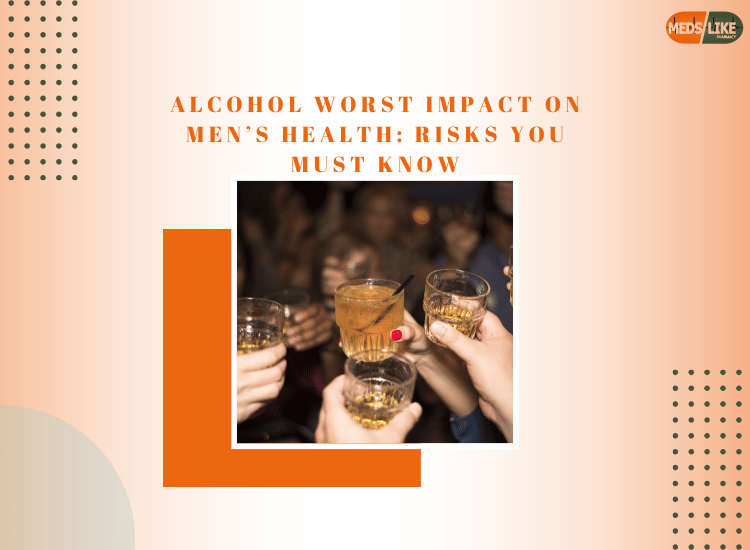Soybeans, often known as soya beans, are a type of legume that originated in eastern Asia.
They have been consume for thousands of years and are a key part of Asian cuisines. They are now regularly farme in Asia, as well as South and North America.
Soybeans are commonly consume whole in Asia, although heavily process soy products are much more prevalent in Western countries.
Soy flour, soy protein, tofu, soy milk, soy sauce, and soybean oil are among the various soy belongings accessible.
Soybeans are high in antioxidants and phytonutrients, both of which have been link to a variety of health advantages. However, there have been concerns express regarding possible negative consequences.
Protein
Soybeans are one of the best plant-base protein.
Soybeans have a protein level of 36–56 percent of their dry weight.
A cup of boiling soybeans (172 grams) contains roughly 29 grams of protein.
Soy protein has a great nutritional value, however it is not as high in quality as animal protein.
Glycinin and conglycinin are the two main forms of protein found in soybeans, accounting for around 80% of the total protein content. Some persons may experience allergic reactions to these proteins.
Soy protein consumption has been associate to a slight reduction in cholesterol levels.
Fat
Soybean oil is made from fat soybeans, which are categorise as oilseeds.
About 18% of the dry weight is made up of fat, mostly polyunsaturated and monounsaturat fatty acids with a tiny amount of saturated fat.
Linoleic acid is the best mutual form of fat in soybeans, accounting for about half of the total fat contented.
Carbs
Whole soybeans have a low glycemic index (GI), which is a measure of how meals effect the rise in blood sugar after a meal, due to their low carb content.
Soybeans are beneficial for diabetics due to their low GI.
Fiber
Soybeans provide a good stability of soluble and impenetrable fibre.
Insensitive people may experience flatulence and diarrhoea from the insoluble fibres, which are mostly alpha-galactosides.
Soluble fibres in soybeans are generally regard healthful, despite the fact that they might cause unpleasant side effects in certain people.
Minerals and vitamins
Soybeans include a variety of vitamins and minerals, including:
- Molybdenum. Molybdenum, an essential trace element found mostly in seeds, grains, and legumes, is abundant in soybeans.
- Vitamin K1.Phylloquinone is the kind of vitamin K found in beans. It plays a crucial function in the coagulation of blood.
- Folate. Folate, often known as vitamin B9, serves a variety of functions in the body and is especially crucial during pregnancy.
- Copper. Copper intake is typically low in Western populations. Deficiency might have negative consequences for heart health.
- Manganese. A trace element that can be found in most foods and water. Soybeans have a high phytic acid concentration, which makes manganese absorption difficult.
- Phosphorus. Soybeans are high in phosphorus, an important nutrient that is plentiful in the Western diet.
- Thiamine. Thiamine, often known as vitamin B1, is essential for a variety of biological activities.
Potential health benefits
It’s possible that this will aid in cholesterol reduction.
Soy appears to improve cholesterol levels, particularly LDL (bad) cholesterol, according to several studies.
Consumption of soy products decreased LDL (bad) and total cholesterol while increasing HDL (good) cholesterol.
People with high cholesterol levels had the greatest improvements.
Soy supplements, on the other hand, did not have the same cholesterol-lowering effect as soy diets, according to the study.
Fiber appears to have a key part in soy’s cholesterol-lowering properties.
For eight weeks, adults with elevated cholesterol were give 25 grams of soy protein with or without soy fibre. LDL (bad) cholesterol was lower by more than twice as much when soy protein was combined with fibre.
Fertility may be harm.
The association between soy consumption and fertility has yielded mixed outcomes in studies.
Soy consumption was link to better outcomes for women undergoing assisted reproductive technology fertilisation treatments.
Another study indicate that soy has a protective effect against BPA, a toxin present in plastic that has been link to reproductive issues.
Women care who consumed soy before IVF had a higher chance of having a successful pregnancy than those who did not.
Furthermore, the intake of soy by the potential father appears to have little effect on pregnancy rates in women undergoing IVF.
It’s possible that it’ll help with menopause symptoms.
Isoflavones are phytoestrogens found naturally in soy that work in the body like a weak oestrogen.
During menopause, oestrogen levels drop, causing symptoms such as hot flashes. Soy, which works as a natural oestrogen. May be able to help alleviate these symptoms.
Soy has been show to be advantageous during menopause in studies.
Supplementing with soy isoflavones increased postmenopausal women’s estradiol (oestrogen) levels by 14%.
Hot flashes were reduce by 20.6 percent in women who took an average of 54 mg of soy isoflavones per day for 12 weeks.
They also saw a 26.2% reduction in symptom severity when compared to the beginning of the trial.
The bottom line
Soy may have beneficial impacts on cholesterol levels, cancer risk, and menopause symptoms, according to some research.
Although more high-quality research is need to assess the impact of soy consumption on general health. The bulk of current studies suggest that eating whole or ferment soy meals in moderation is likely safe and healthy for the majority of people.













